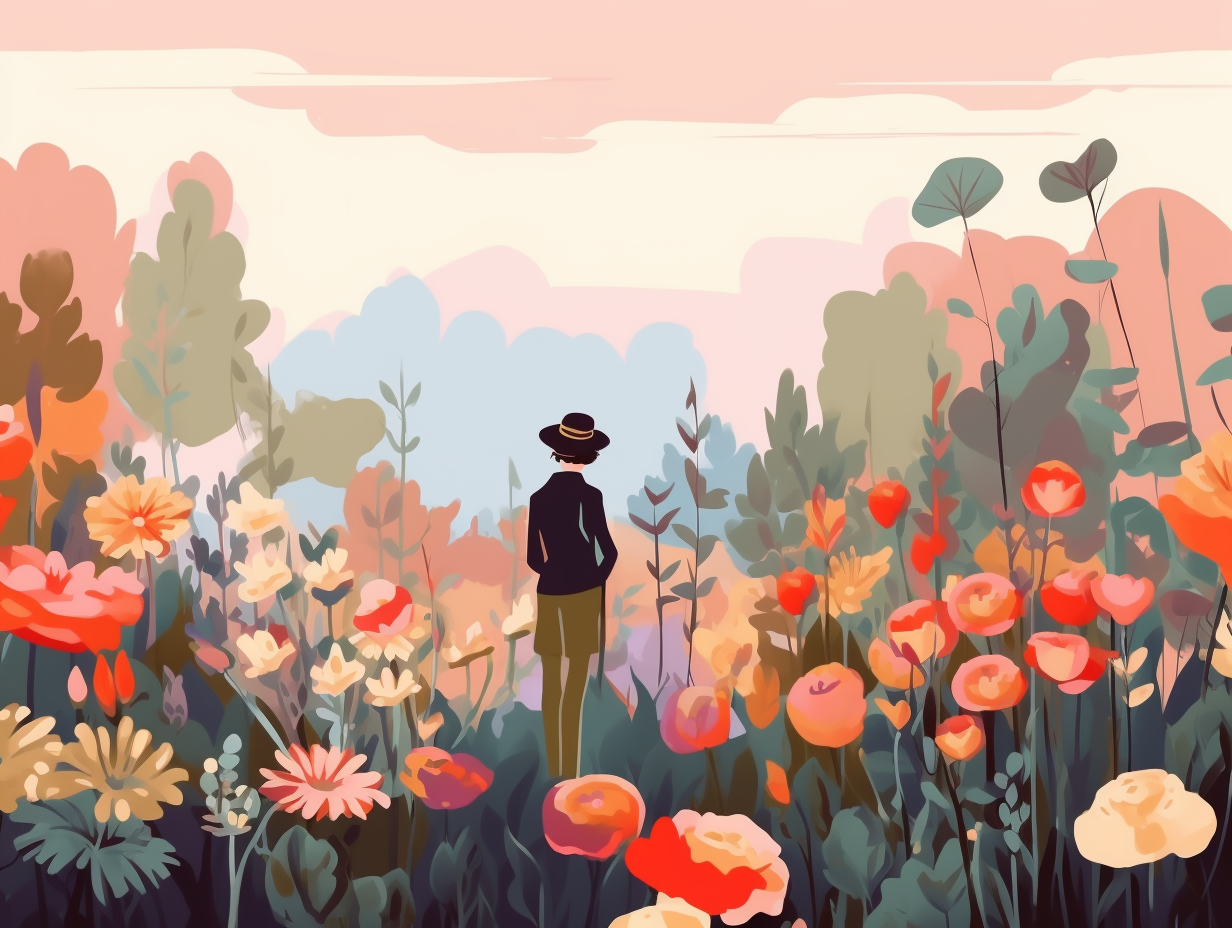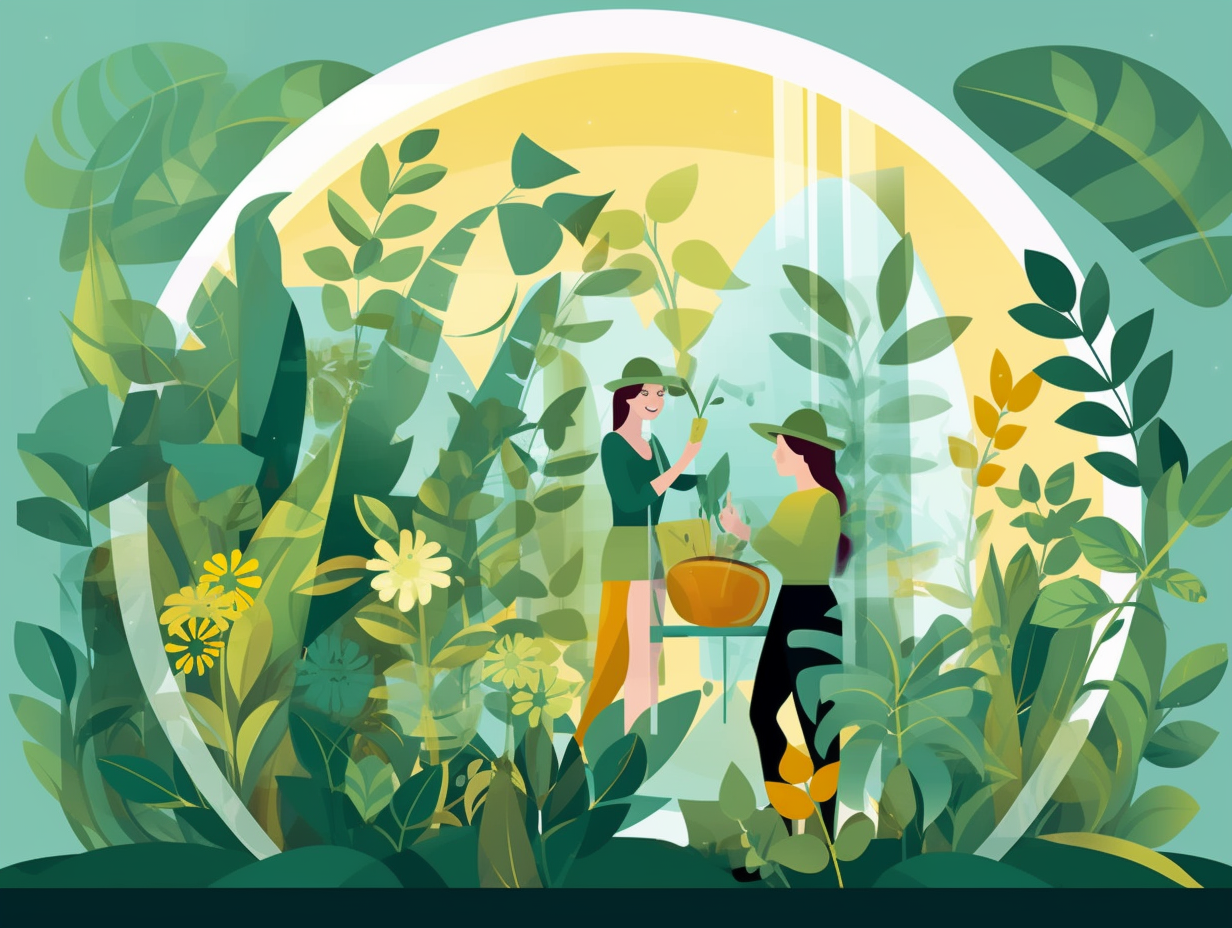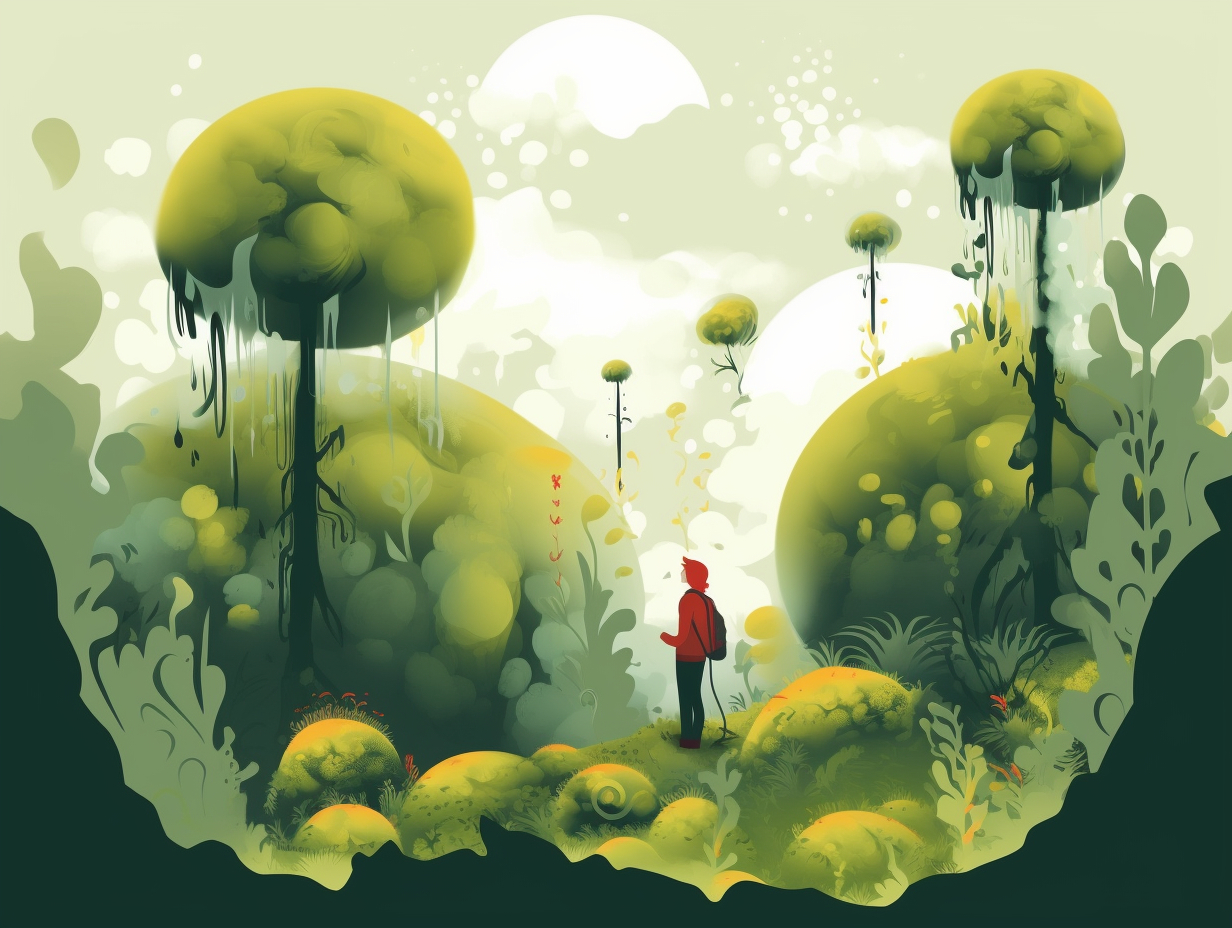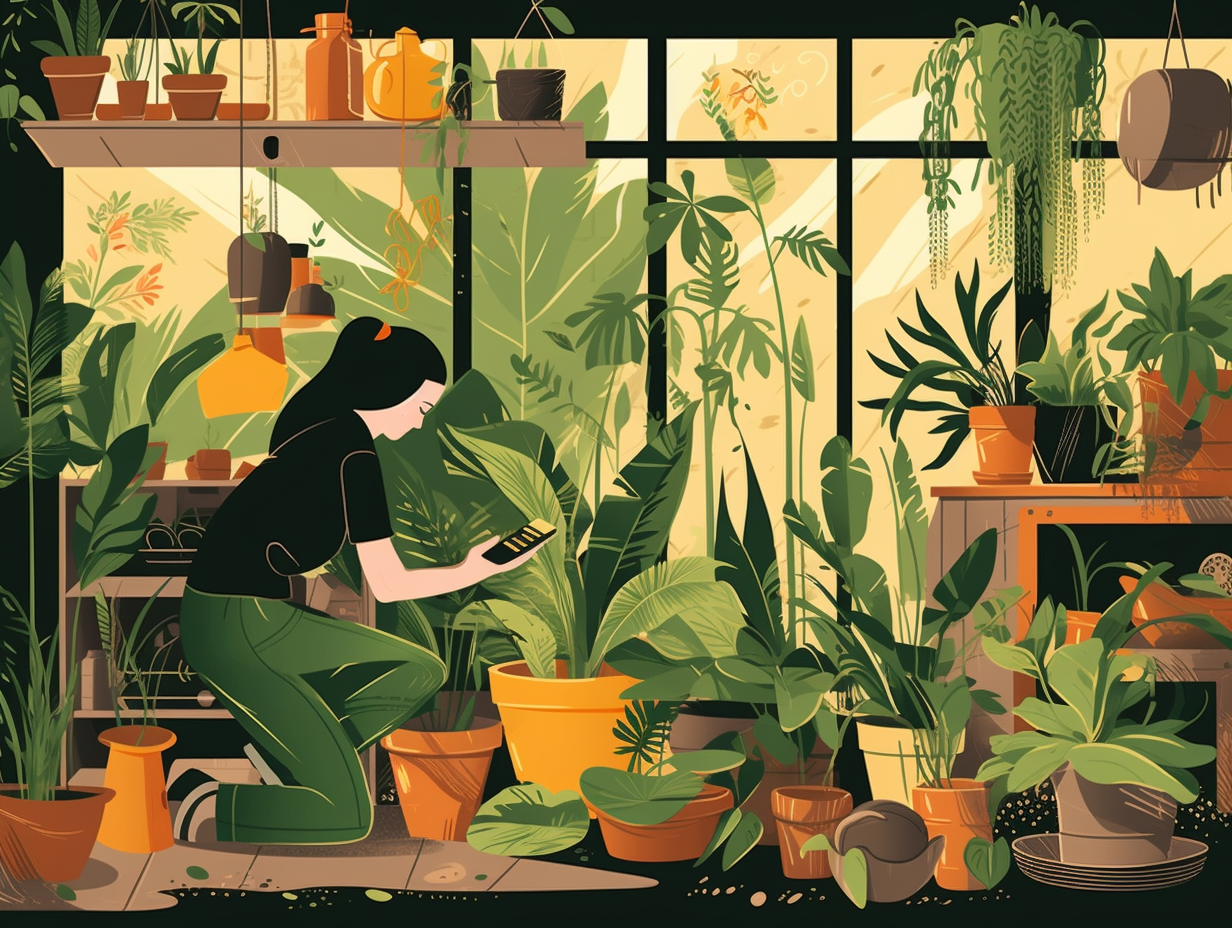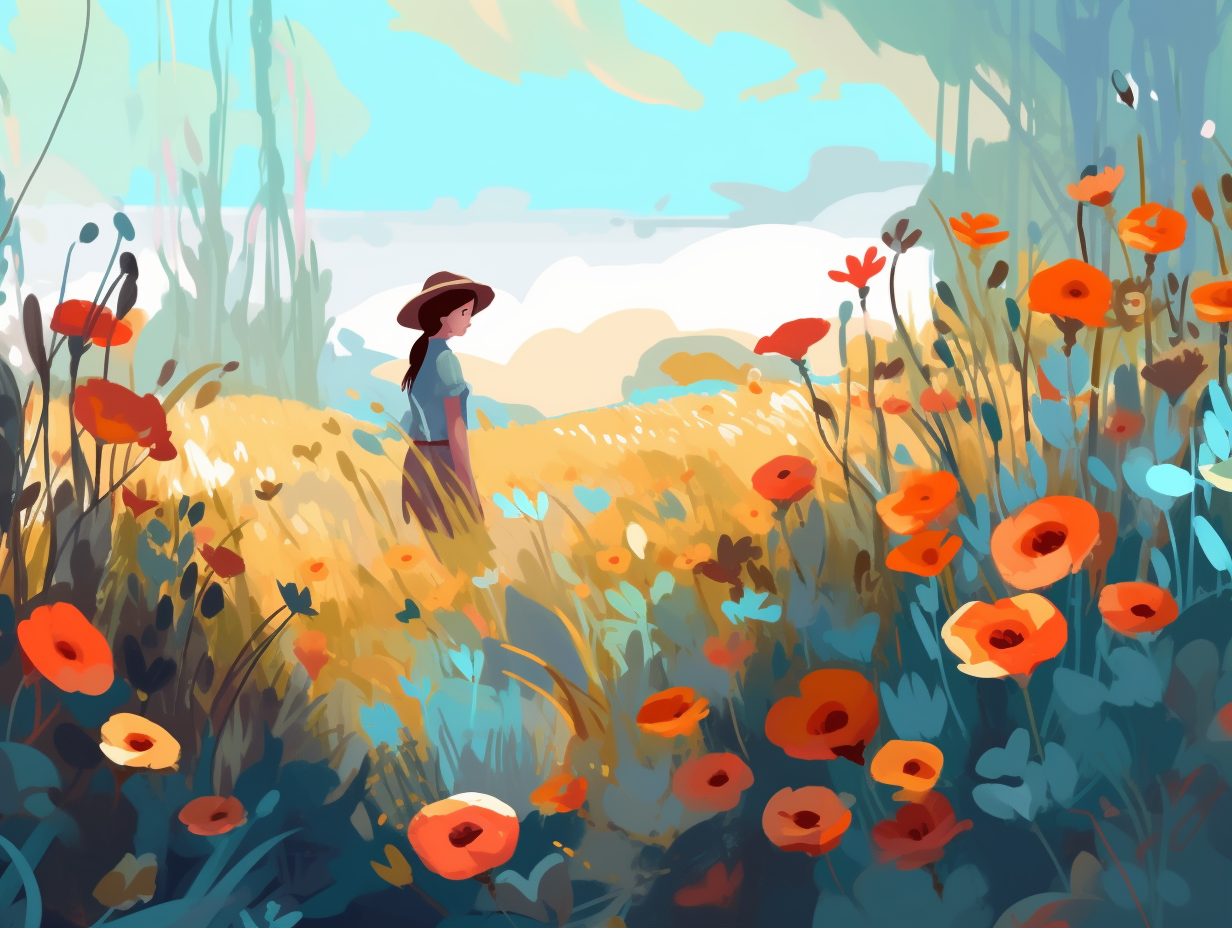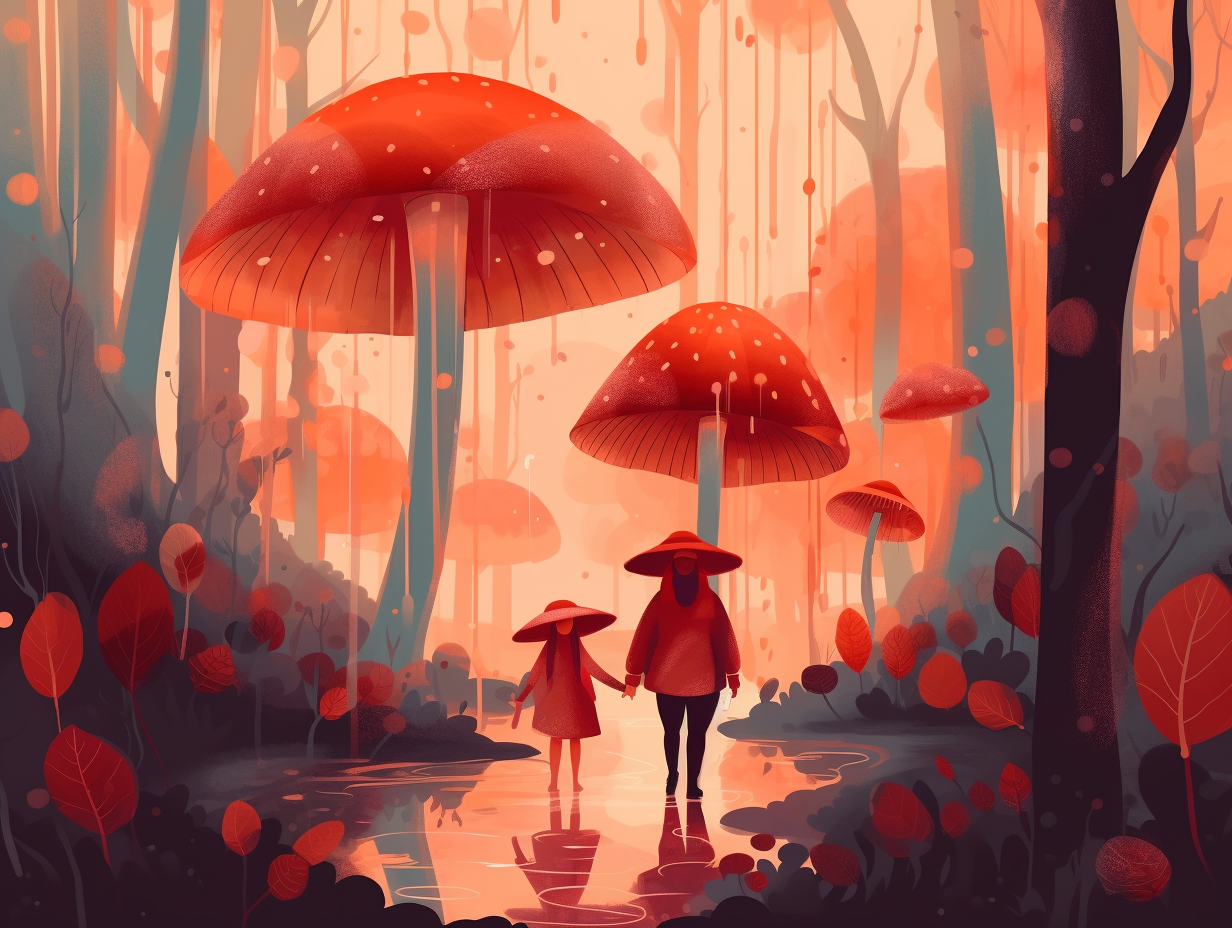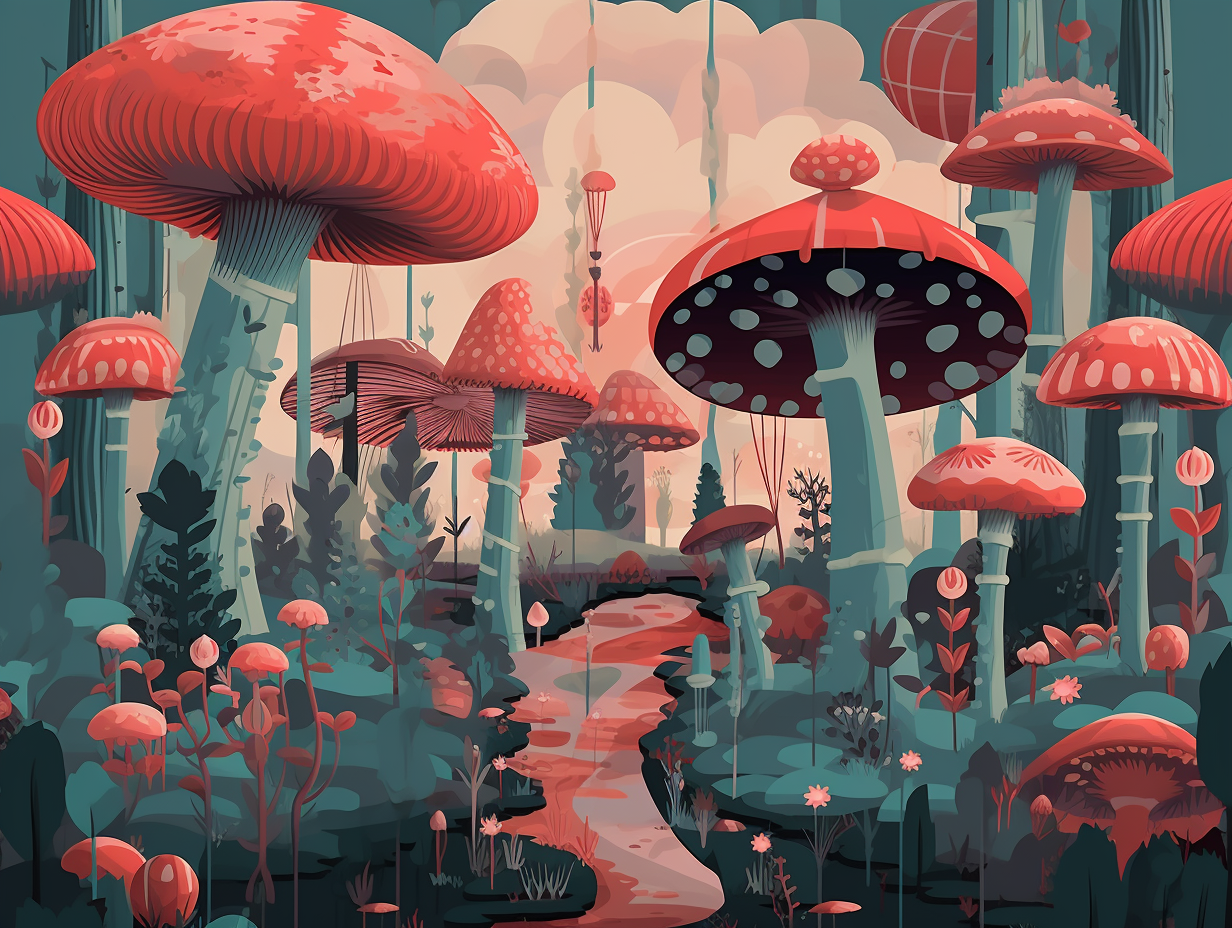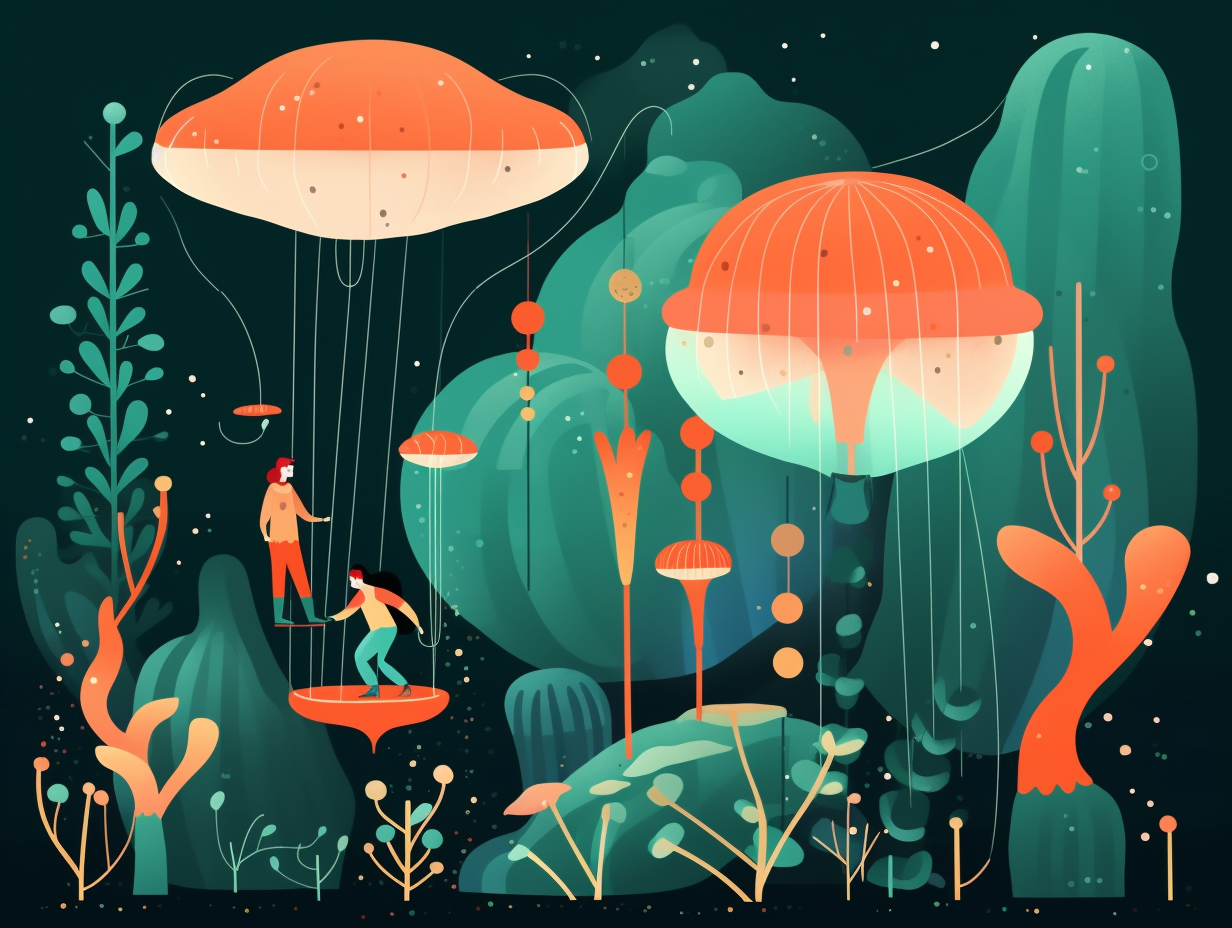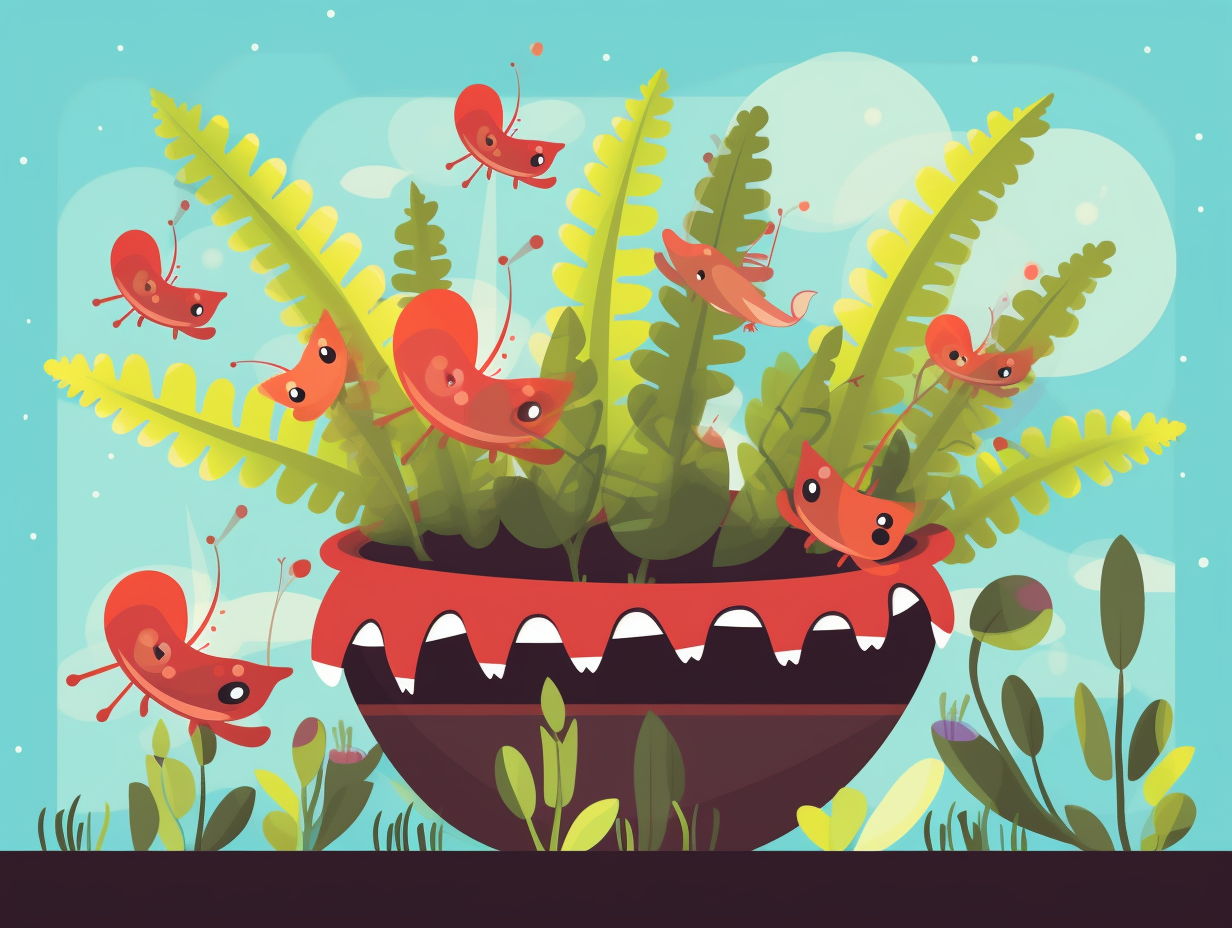Sprouting Curiosity: Top 12 Fun and Fascinating Facts About Seeds You Never Knew!
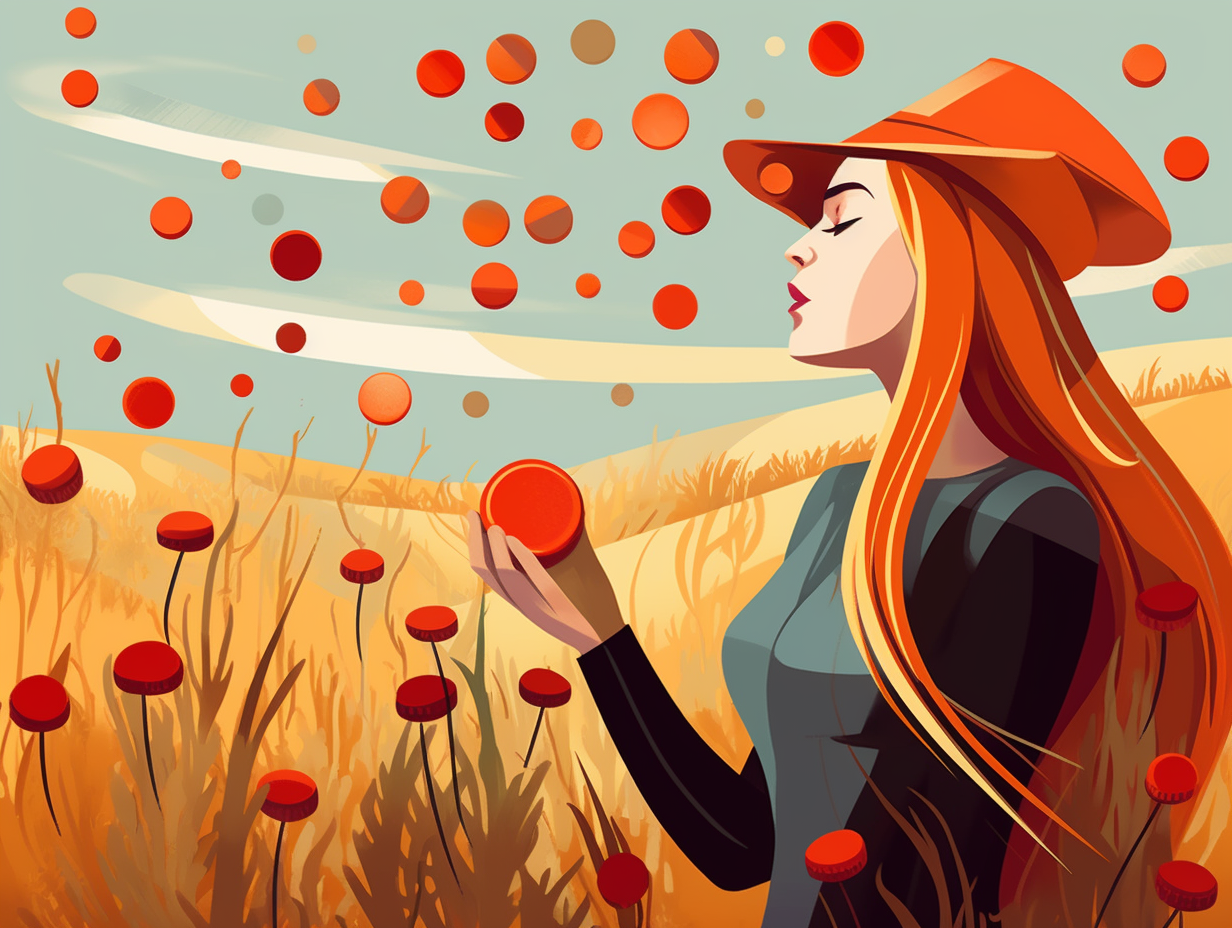
1. The Heavyweight Seed Champion
Feeling a bit seedy? If you were having a weigh-off with plant embryos, you’d definitely lose to this hefty contender: the Lodoicea maldivica, or the coco de mer palm tree, boasts the plant kingdom's largest seed which clocks in at a whopping 66 pounds and spans about 20 inches in diameter, giving new meaning to the term "go big or go home".
Source => merwinconservancy.org
2. Noah's Modern Seed Ark
When Noah needed an ark for seeds, he didn't have the Svalbard Global Seed Vault: a frigid treasure chest on a remote Norwegian island safeguarding over 930,000 seed samples from more than 200,000 crop varieties. The vault's prime location protects it from wars and disasters, acting as an international backup storage for gene banks like ICARDA, which had to abandon its collection in Syria when the war erupted. And so, this witty, icy abode is our global food security's unsung hero, guarding agricultural diversity and fostering global cooperation.
Source => time.com
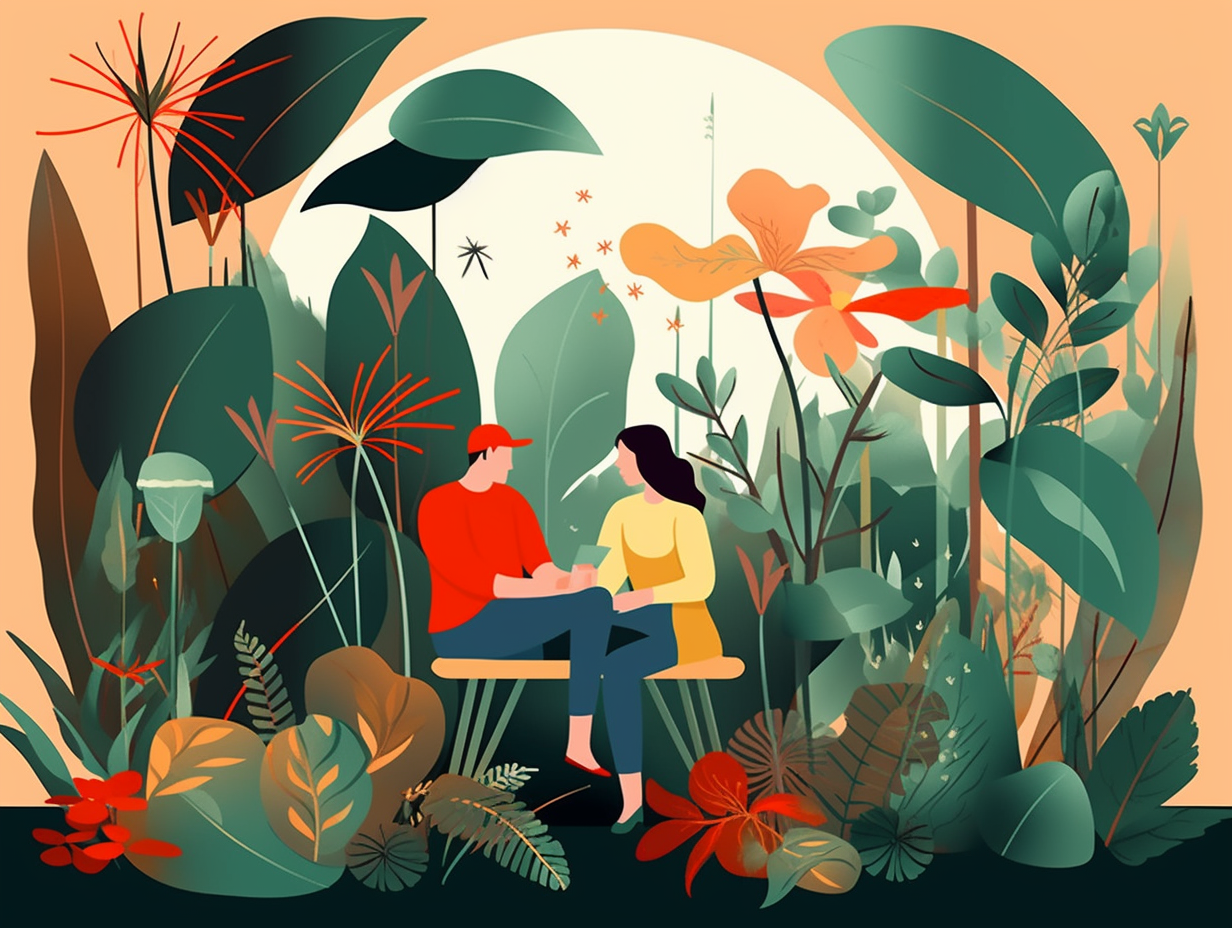
Did you know plants have their own way of communicating through scented signals? Discover how they warn each other of dangers and invite some unexpected guests!
=> Fun Facts about Plants
3. Orchid Seed Ninjas
Who says size matters? When it comes to orchid seeds, they're basically the ninjas of the plant world: The world's smallest orchid seed is a mere 0.05 mm in length – practically invisible to the naked eye – and relies on a specific type of fungus for germination and growth. Orchids produce millions of these tiny, wind-dispersing seeds, playing the ultimate dating game to find a compatible fungal partner.
Source => kew.org
4. Seedless Watermelon Mystery
Who needs a seedless watermelon detective? Turns out, Mother Nature's got her own stealthy twist going on: Contrary to popular belief, seedless watermelons do produce seeds, they're just underdeveloped, soft, and edible – a delicious bonus that adds a subtle crunch to the juicy fruit, while growing them requires a more complex and expensive process involving diploid varieties for viable pollen.
Source => canr.msu.edu

5. Desert Rose Magic Trick
Have you heard the one about the rose that walks the desert, moonlighting as a part-time magician? Well, it turns out it's not so great at both disappearing and reappearing acts: Desert rose plants can actually be grown from seeds and stem cuttings, with the latter only needing to dry out before being planted in spring and bathed in filtered sunlight until growth commences. However, their seeds don't possess the enchanted ability to repel water, and they'll require regular watering to eventually produce the mesmerizing pink, red, and white blossoms on this fascinating floral specimen.
Source => home.howstuffworks.com
6. Plant Tinder: Seeds and Ants
The latest matchmaking craze to hit the botanical scene: it's not for the faint of heart, but rather for the strong of antennae. Introducing Plant Tinder, where seeds swipe right on their favorite ants and get toted off on romantic adventures – aided by tasty elaiosomes: This fascinating phenomenon, known as myrmecochory, sees plants evolving to produce seeds with nutrient-rich elaiosomes that attract ants. As ants carry the seeds back to their nests, they aid in seed dispersal and enjoy a food source in return, highlighting the unique relationship between ants and plants in global ecosystems.
Source => antwiki.org
7. Mistletoe's Kissing Strategy
Mistletoe is nature's sticky socialite, always hanging around the popular tree party, mingling with the bird crowd, and praying for a kiss from a passing avian to scatter its offspring: Thanks to the mistletoe bird, sweet kisses on their feathery lips lead to ingested seeds hitchhiking their way out in the form of fecal deposits on nearby trees, maintaining the evergreen cycle of mistletoe dispersal.
Source => norfolkbotanicalgarden.org
8. Time-traveling Seeds
Who needs a time machine when you've got seeds? Turn back the clock with some legendary lotus seeds or take a trip to ancient Israel via a geriatric date palm: These minuscule marvels can survive for centuries, with lotus seeds snoozing for up to 1300 years and still germinating like champs. The pièce de résistance? A scholarly sprouting of a 2000-year-old date palm seed found at an archaeological site, proving that seeds are nature's original DeLoreans!
Source => homework.study.com
9. Fairy Tale Beanstalk: Monkey-ladder
Move over, Jack and the Beanstalk: the Entada gigas, or monkey-ladder, is the real-life fairy tale in the legume world, boasting bean pods up to a whopping 2 meters (6.6 feet) in length, making it the longest of any legume in the world.
Source => valentine.gr

10. Testy Origins of Guacamole
Who knew that guacamole had "testy" origins: thanks to the ancient Aztec farmers, who first cultivated avocados and dubbed it "ahuacatl" (which translates to "testicle," possibly due to the fruit's peculiar shape), we can all dip into some tasty guac today. While once reliant on the seed-spreading abilities of giant sloths (gasp!), avocados survived their extinction thanks to humanity's love affair with the delectable green delight – although, the ongoing "avocado-mania" has spurred deforestation and thrown a guac-shaped wrench in the environment's workings.
Source => yahoo.com
11. Ants: Nature's Matchmakers
You think dating apps are impressive? Nature's been swiping right for eons: Ants and plants have mastered the art of mutualistic relationships, forming one heck of a power couple. In a little gig called myrmecochory, plants woo ants with their nutritious elaiosomes, while ants return the favor by playing matchmaker and spreading the seeds far and wide: In fact, about 35% of herbaceous plants in the understory of eastern North American forests rely on these ant matchmakers for seed dispersal, ensuring that both parties benefit in the long run and thumbing their noses at seed predators. That's true love, eco-style!
Source => eeb.utk.edu
12. Sandbox Tree: Nature's Artillery
Who needs missiles when Mother Nature packs her own artillery? Beware the extraordinary explosive abilities of the unassuming sandbox tree: its seed pods are capable of catapulting seeds at a whopping 150 miles per hour and over 60 feet away, presenting serious dangers to passing humans and animals alike.
Source => gardeningknowhow.com
Related Fun Facts

